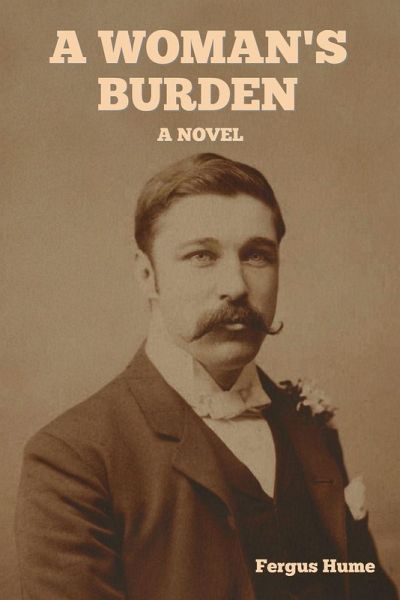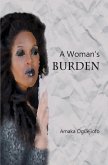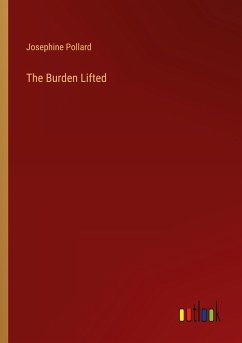About the author Ferguson Wright Hume (8 July 1859 - 12 July 1932), known as Fergus Hume, was a prolific English novelist, known for his detective fiction, thrillers and mysteries. Hume was born in Powick, Worcestershire, England, the second son of James C. Hume, a Scot and clerk and steward at the County Pauper and Lunatic Asylum there. When he was three the family emigrated to Dunedin, New Zealand, where he was educated at Otago Boys' High School and studied law at the University of Otago. He was admitted to the New Zealand bar in 1885. Shortly after graduation Hume relocated to Melbourne, Australia, where he obtained a job as a barristers' clerk. He began writing plays, but found it impossible to persuade the managers of Melbourne theatres to accept or even to read them. Hume first came to attention after a play he had written, entitled The Bigamist was stolen by a rogue called Calthorpe, and presented by him as his own work under the title The Mormon. Finding that the novels of Émile Gaboriau were then very popular in Melbourne, Hume obtained and read a set of them and determined to write a novel of the same kind. The result was The Mystery of a Hansom Cab, set in Melbourne, with descriptions of poor urban life based on his knowledge of Little Bourke Street. It was self-published in 1886 and became a great success. Because he sold the British and American rights for 50 pounds, however, he reaped little of the potential financial benefit. It became the best-selling mystery novel of the Victorian era; in 1990 John Sutherland called it the "most sensationally popular crime and detective novel of the century". This novel inspired Arthur Conan Doyle to write A Study in Scarlet, which introduced the fictional consulting detective Sherlock Holmes. Doyle remarked, "Hansom Cab was a slight tale, mostly sold by 'puffing'." After the success of his first novel and the publication of another, Professor Brankel's Secret (c. 1886), Hume returned to England in 1888. His third novel, Madame Midas, was based on the life of the mine and newspaper owner Alice Ann Cornwell. After this book became a play her estranged husband, John Whiteman, sued over its content. ...(wikipedia.org)
Hinweis: Dieser Artikel kann nur an eine deutsche Lieferadresse ausgeliefert werden.
Hinweis: Dieser Artikel kann nur an eine deutsche Lieferadresse ausgeliefert werden.








